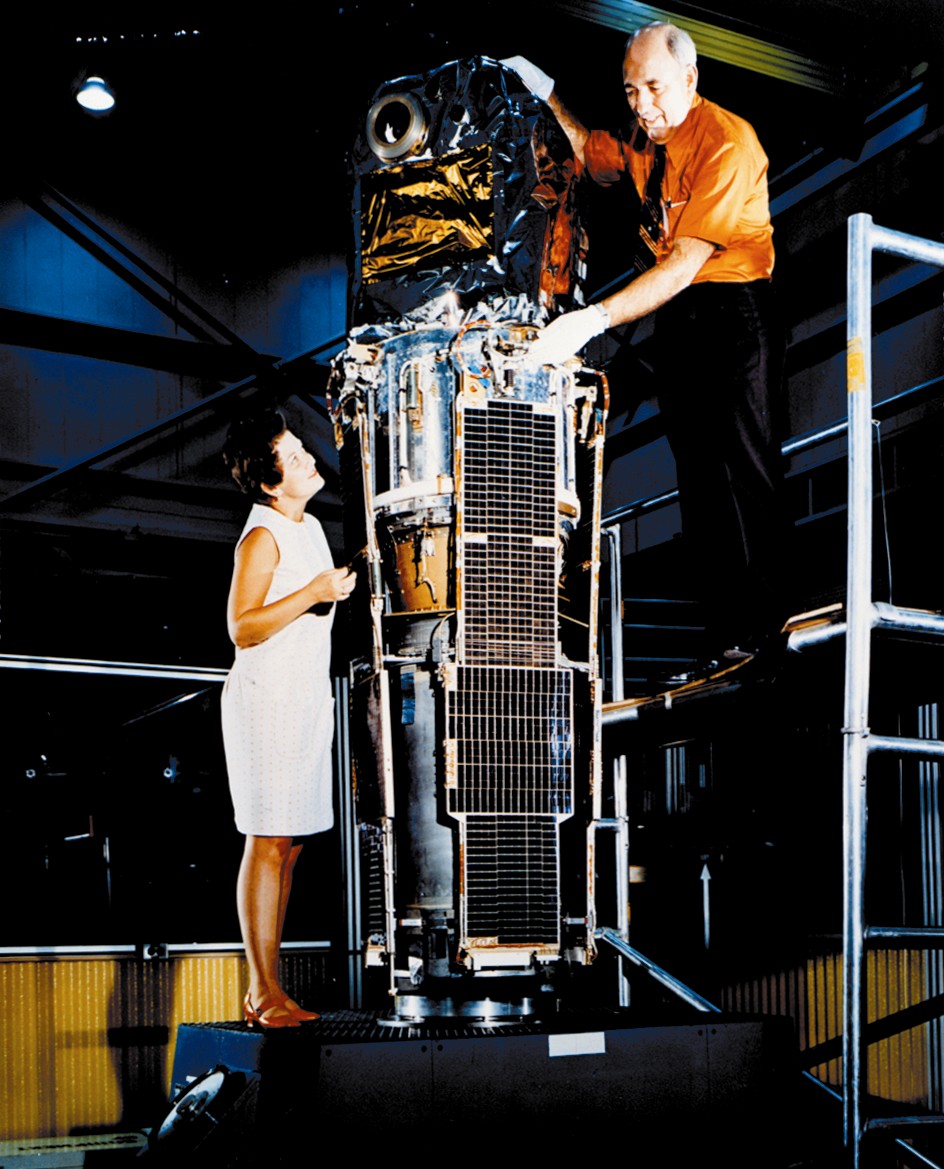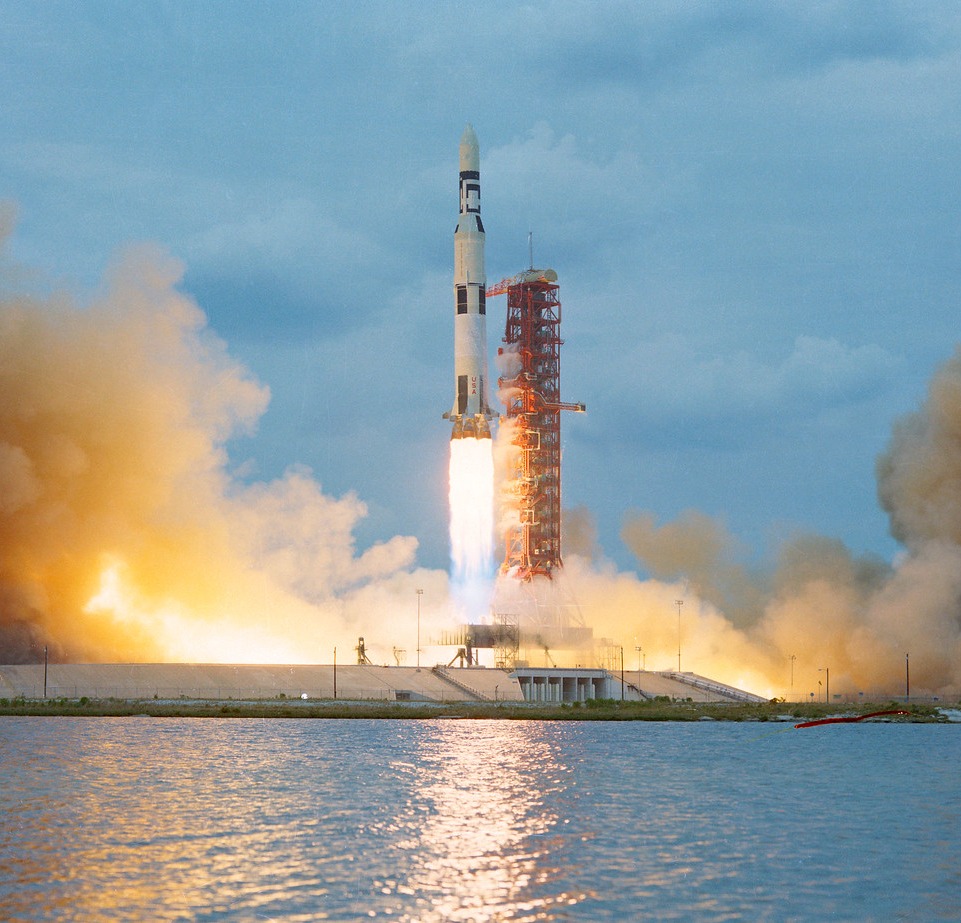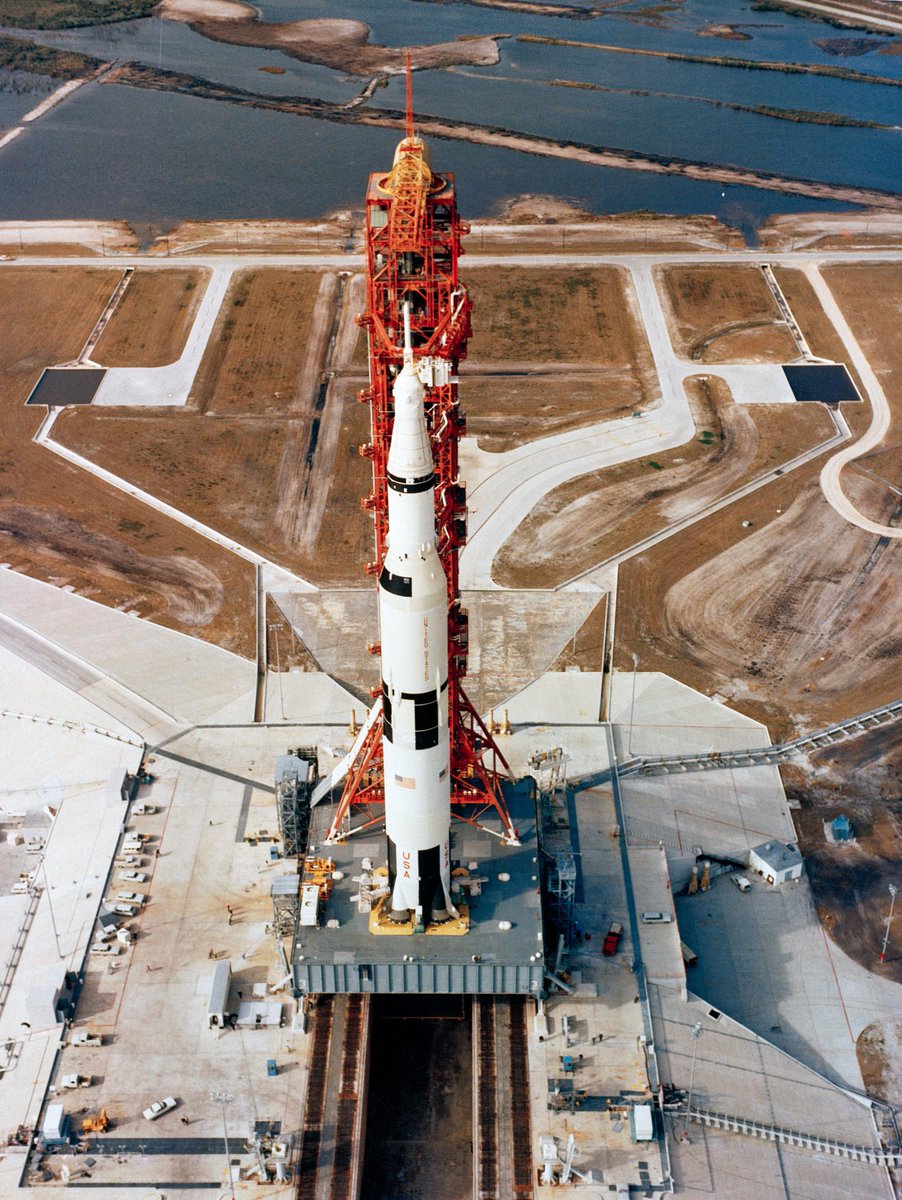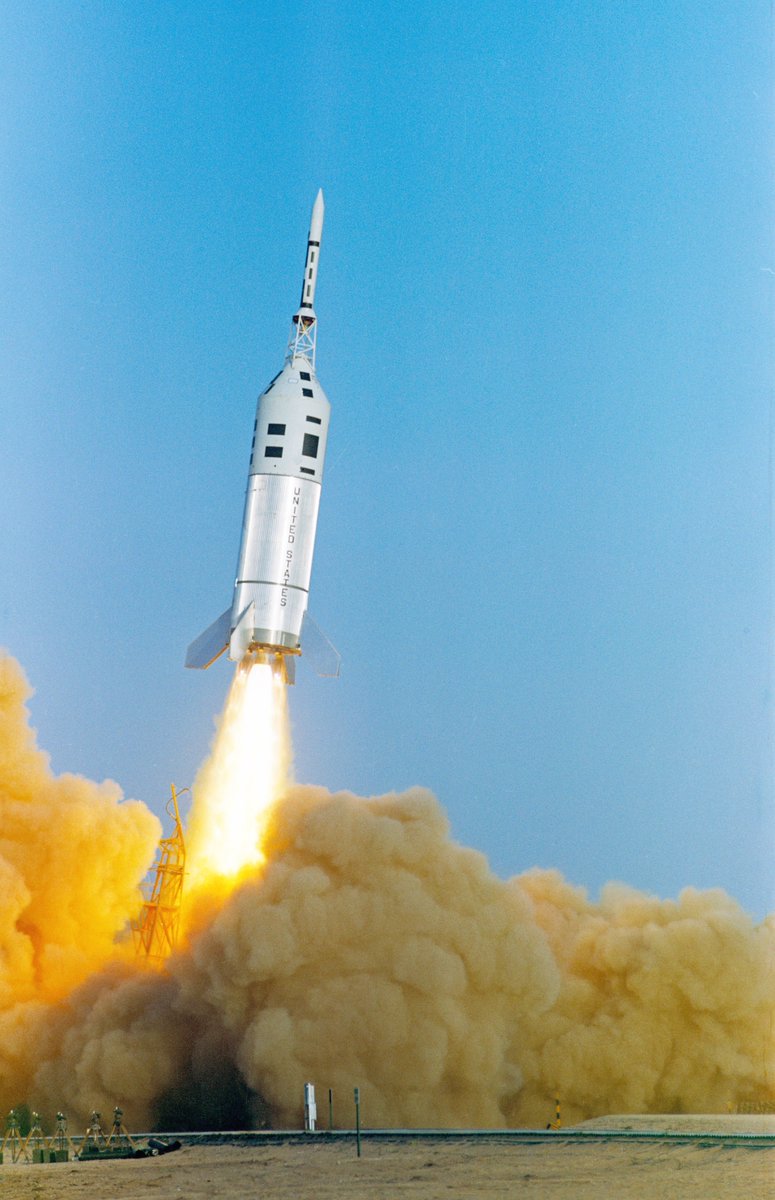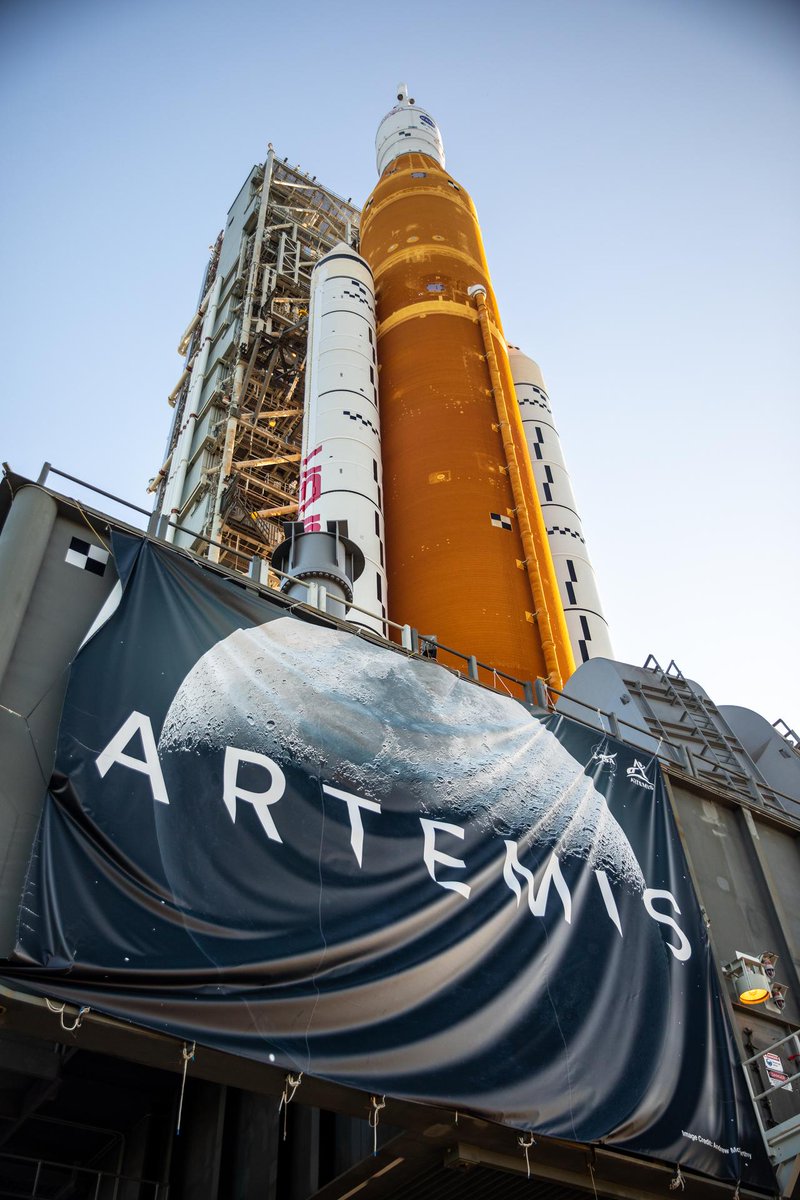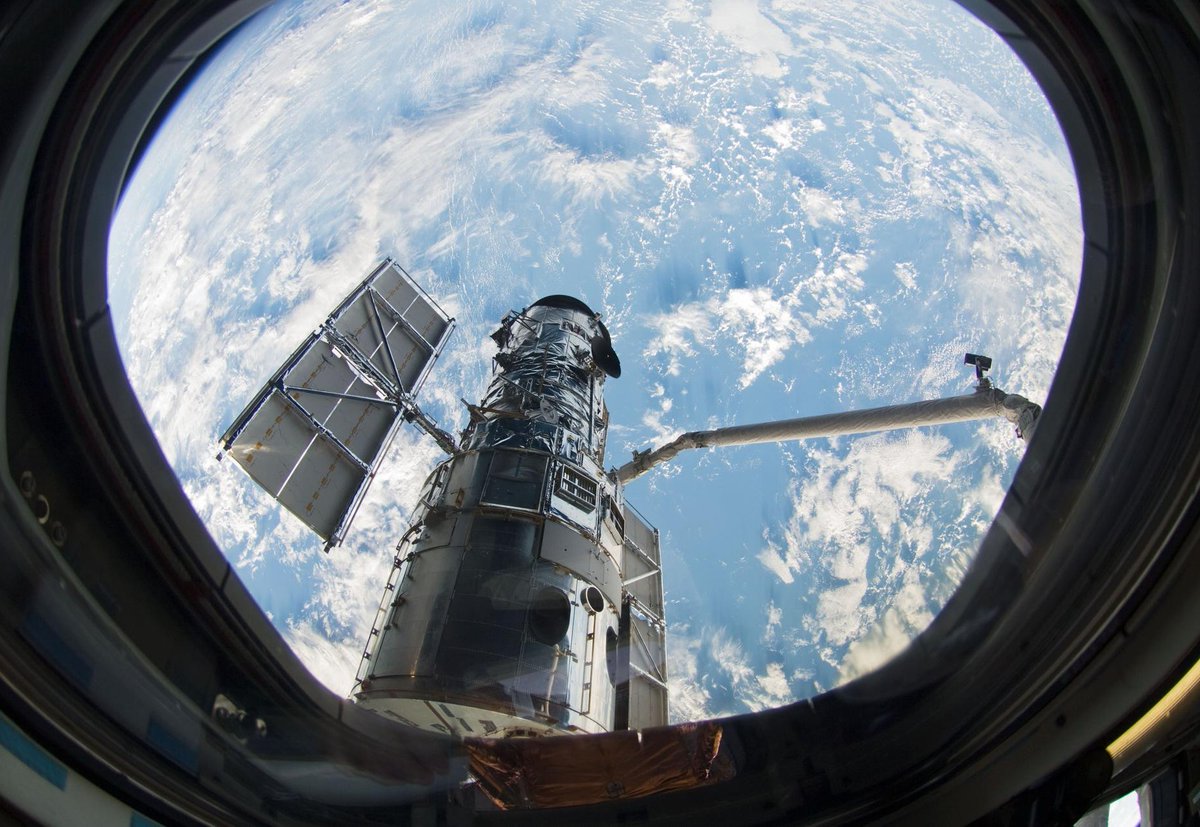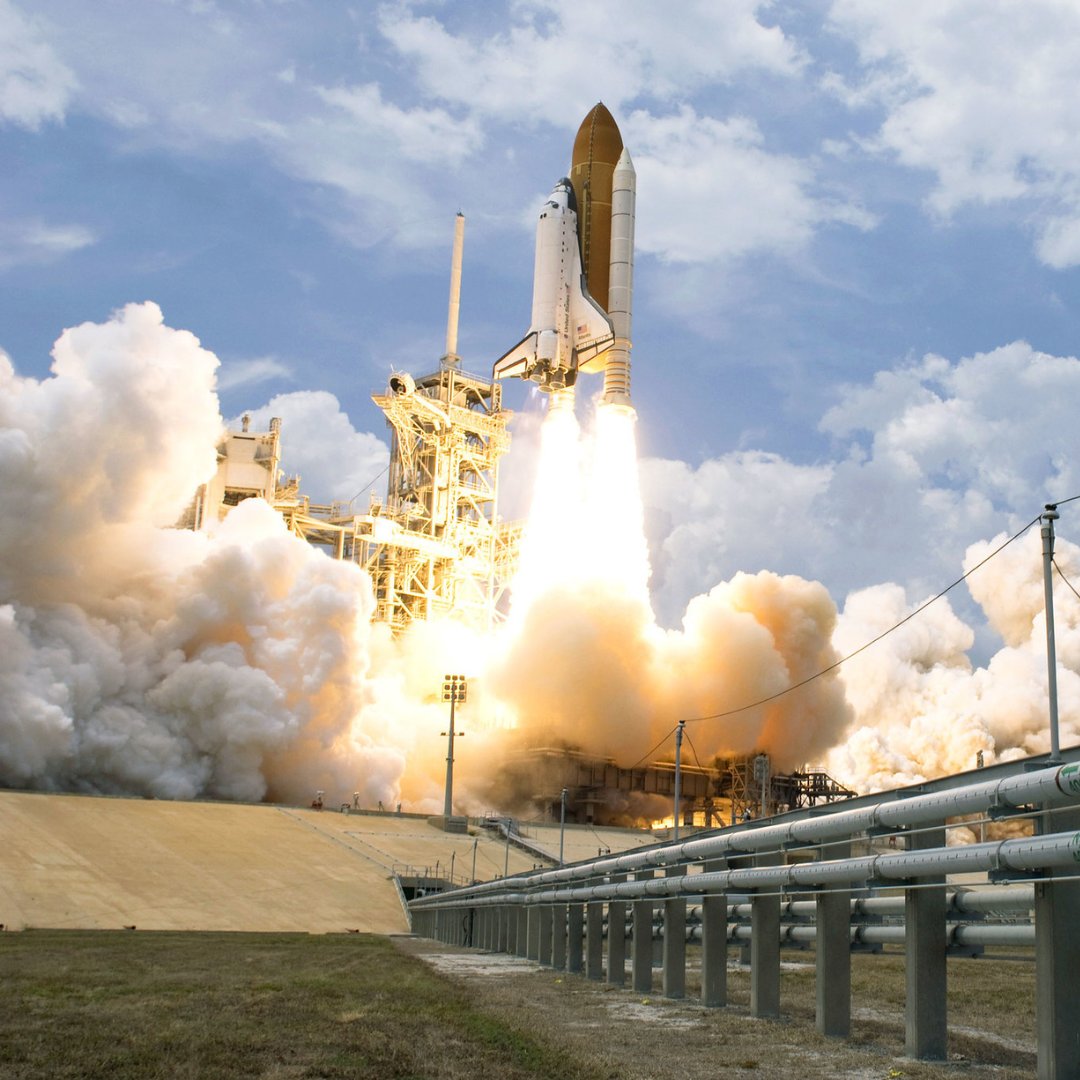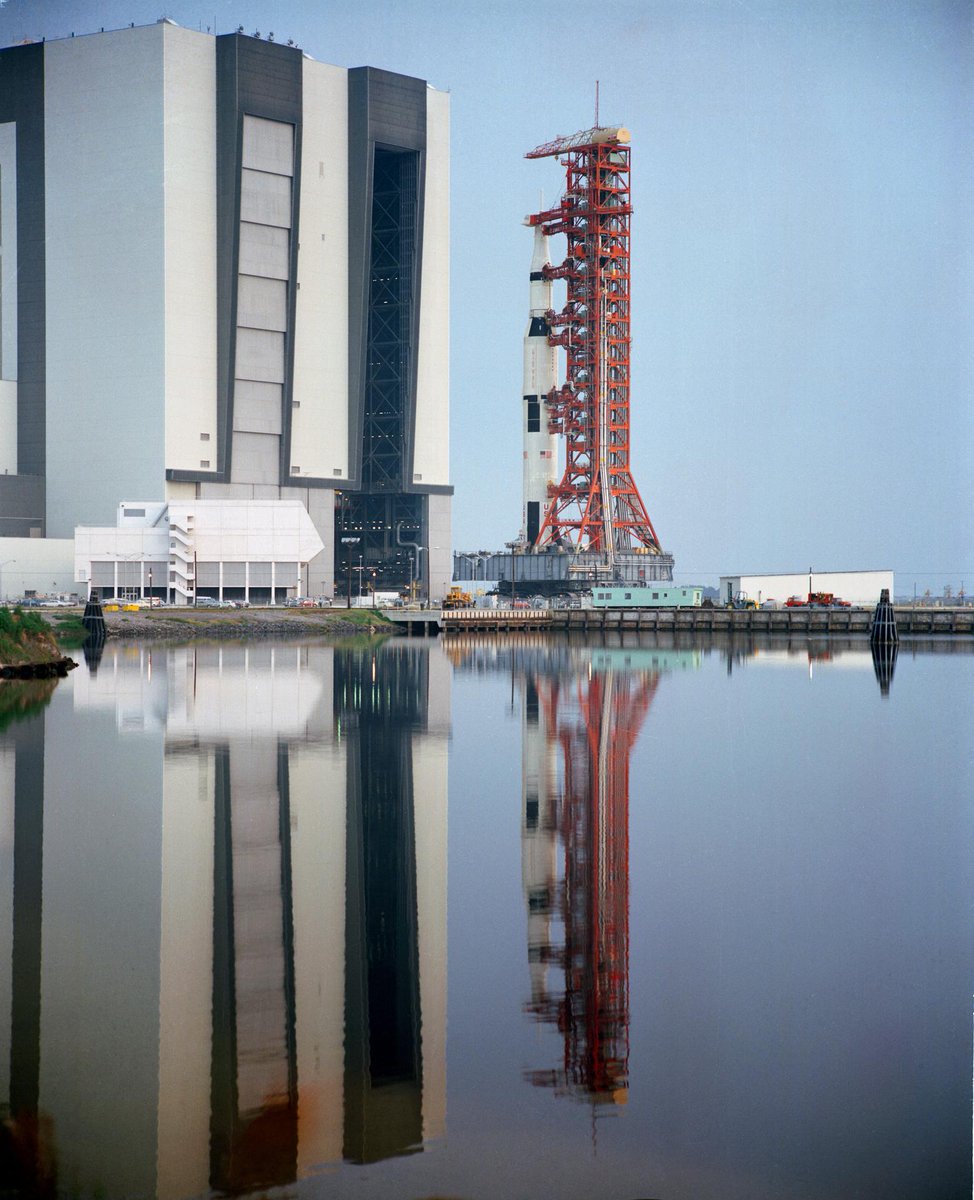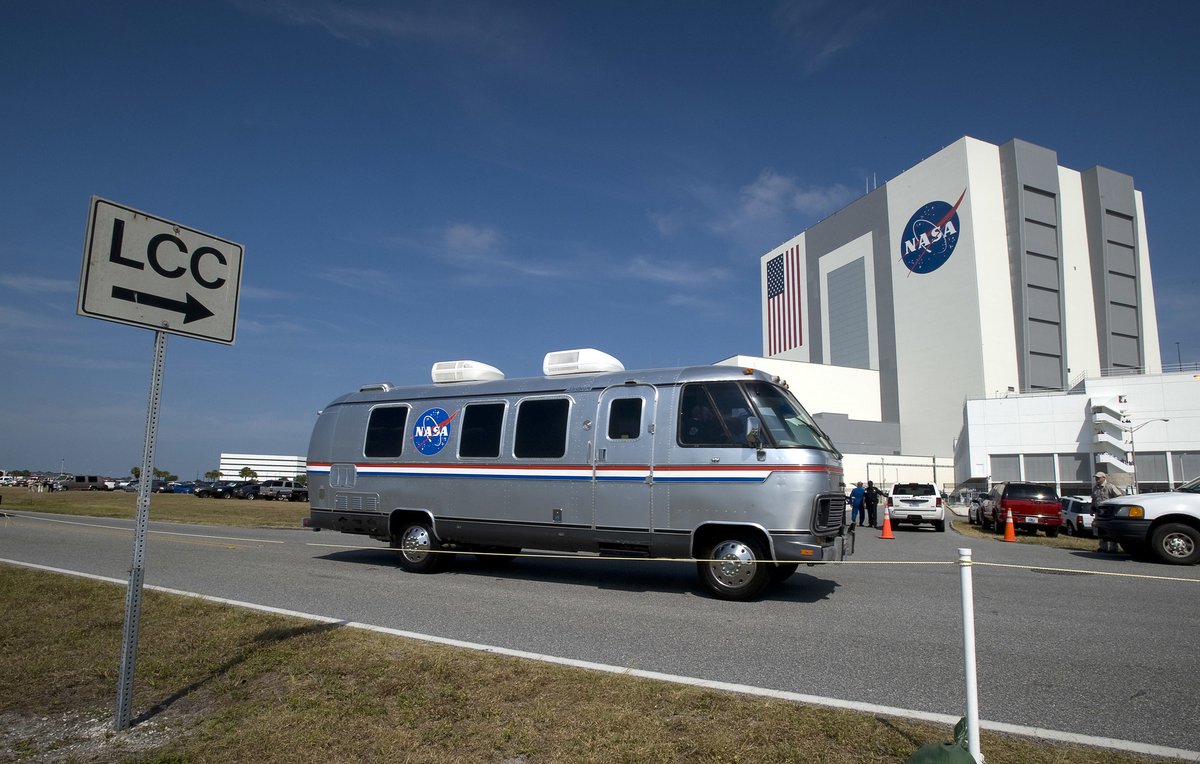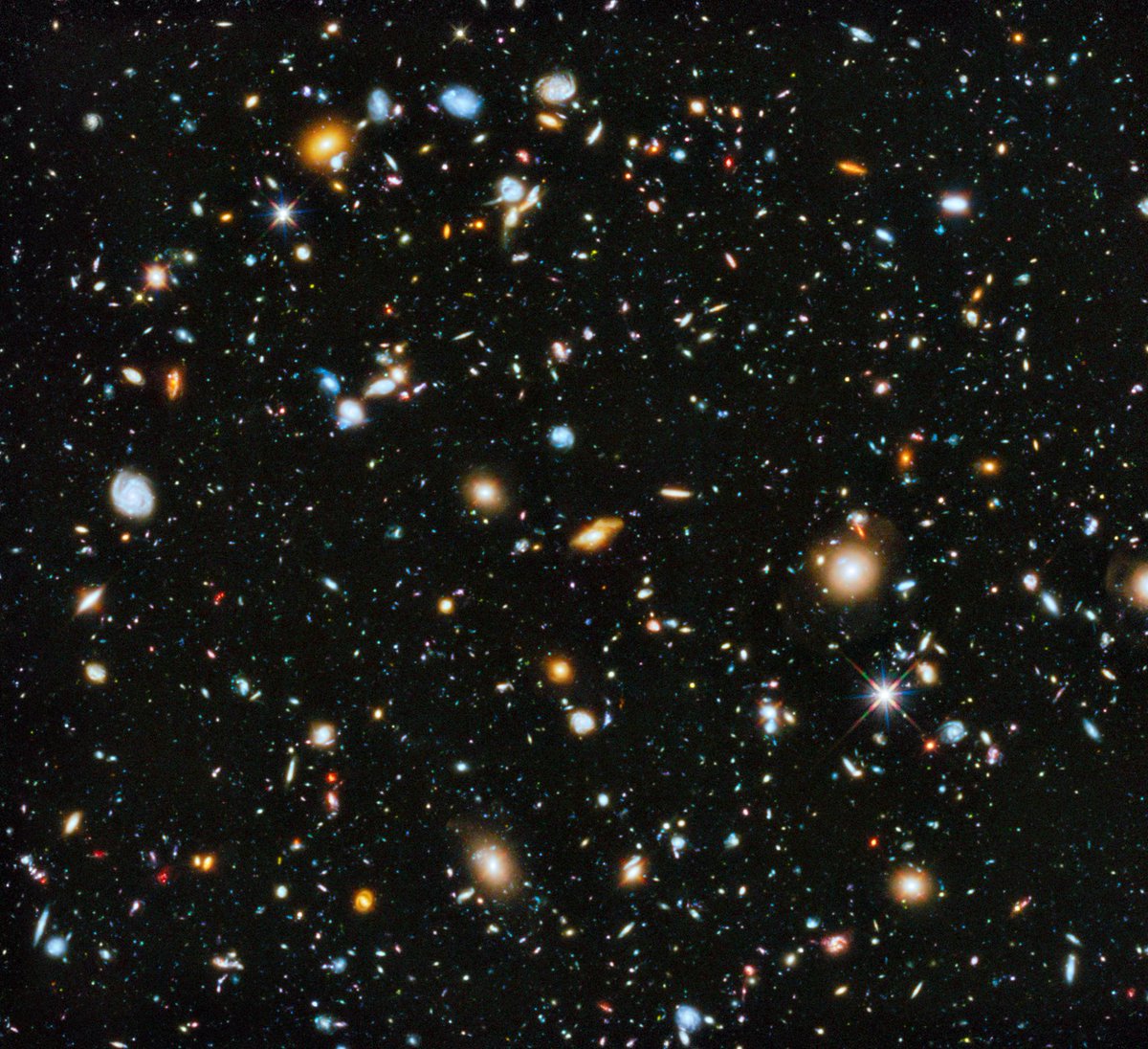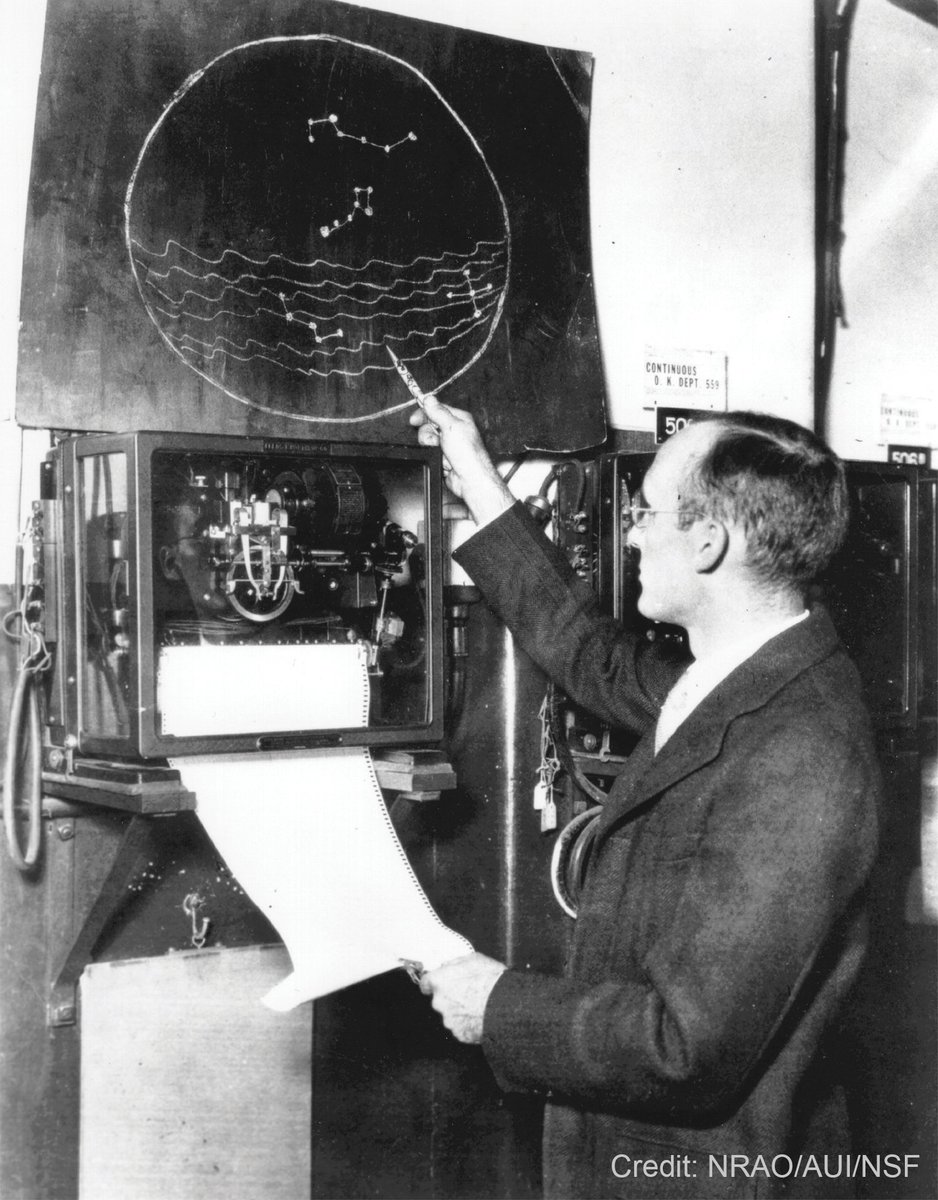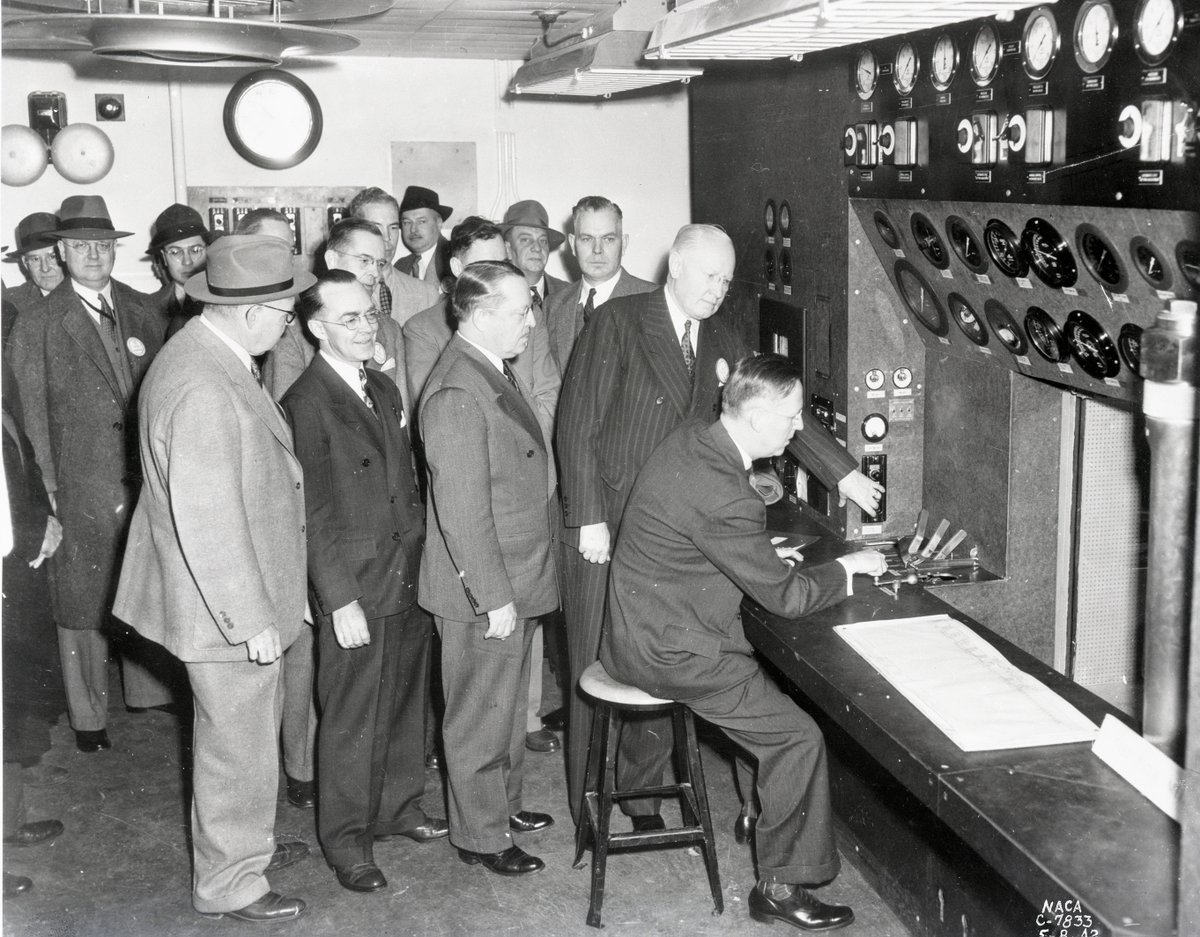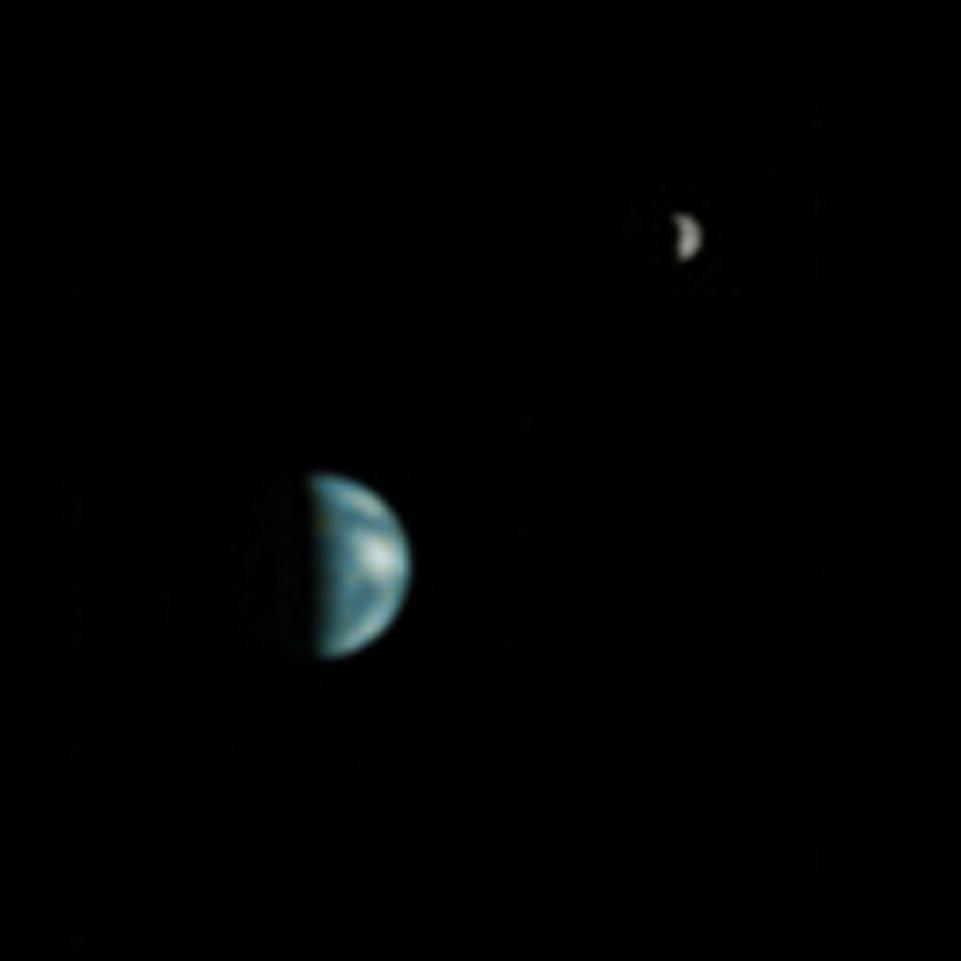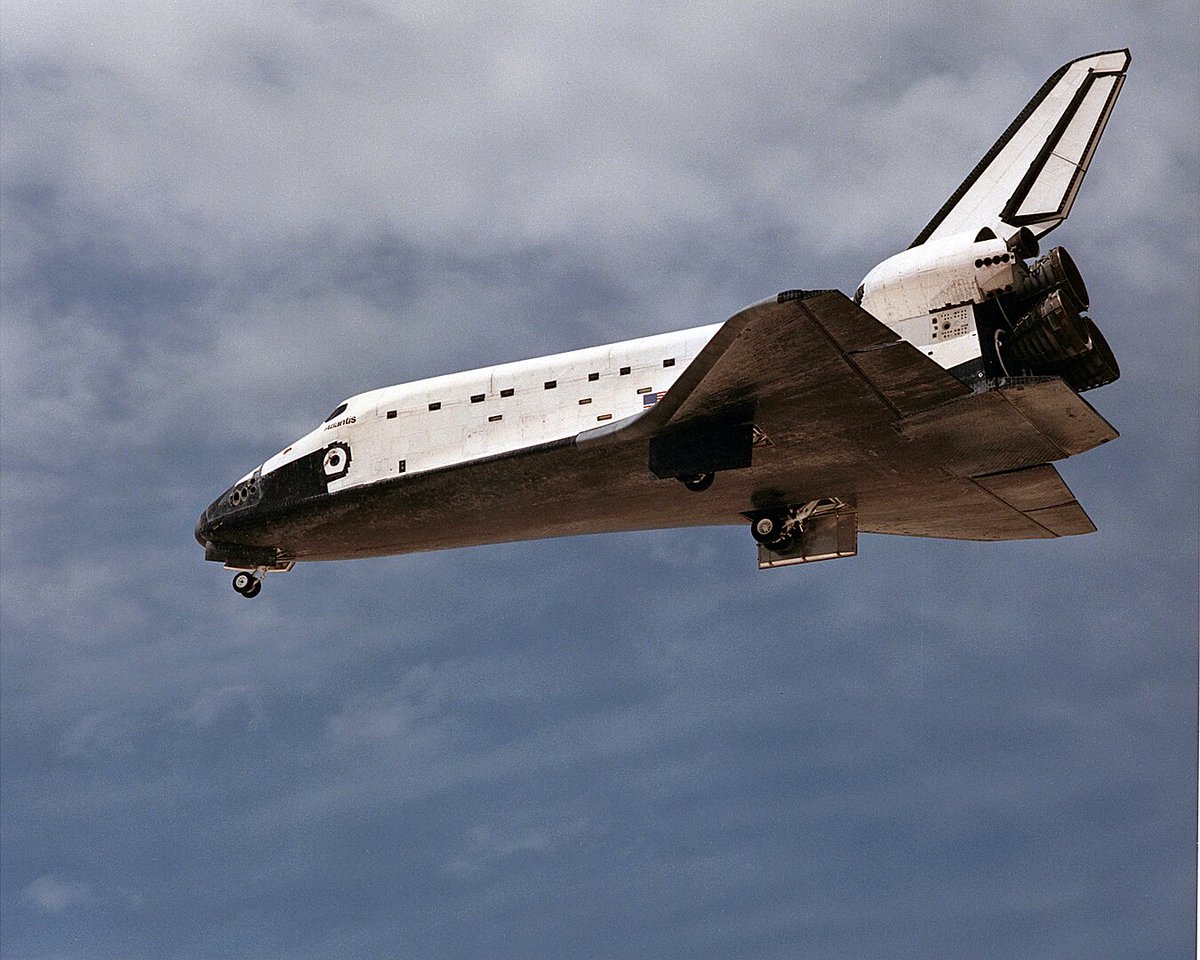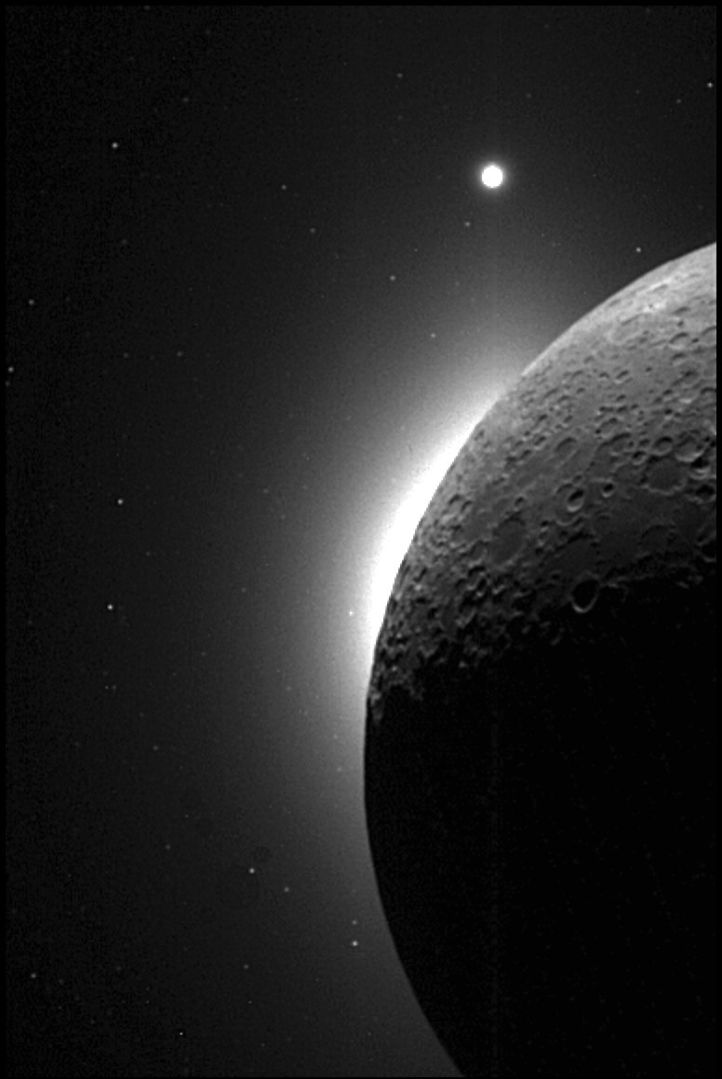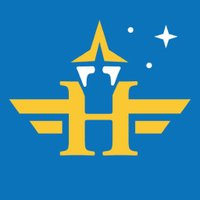
NASA History Office
@NASAhistory
This is the NASA History Office's official X account. We're happy that you share our passion for aerospace history.
Verification: https://t.co/6BaN3zUqRN
ID:153784150
https://www.nasa.gov/history 09-06-2010 12:52:58
24,0K Tweets
1,1M Followers
224 Following
Follow People



Several NASA mission patches include eagles, but the STS-78 patch was the first to pair an eagle with Pacific Northwest Native American art. The design included elements from the Canadian Space Agency STS-78 patch by artist Bill Helin, a member of the Tsimshian Nation. #MissionPatchMonday
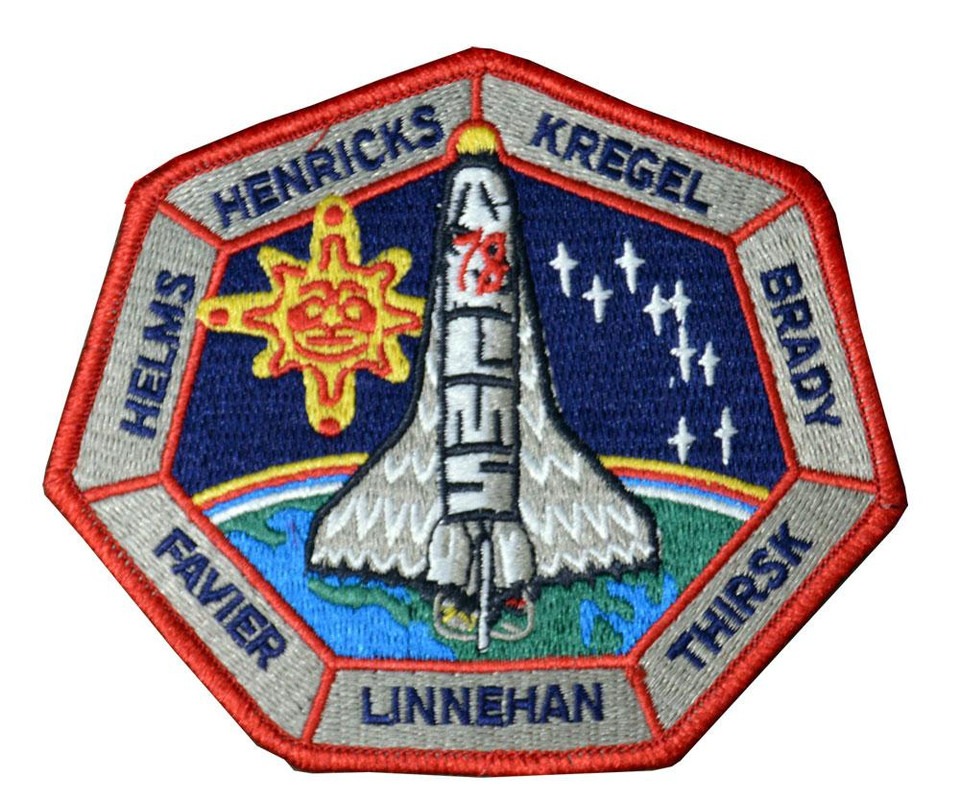




Dr. Anna Fisher became the first mom to go to space when she flew on STS-51A 40 years ago this November. In her 2009 oral history she describes being informed of her flight assignment two weeks before having her baby. Read the interview: go.nasa.gov/3JQLsPI #MothersDay
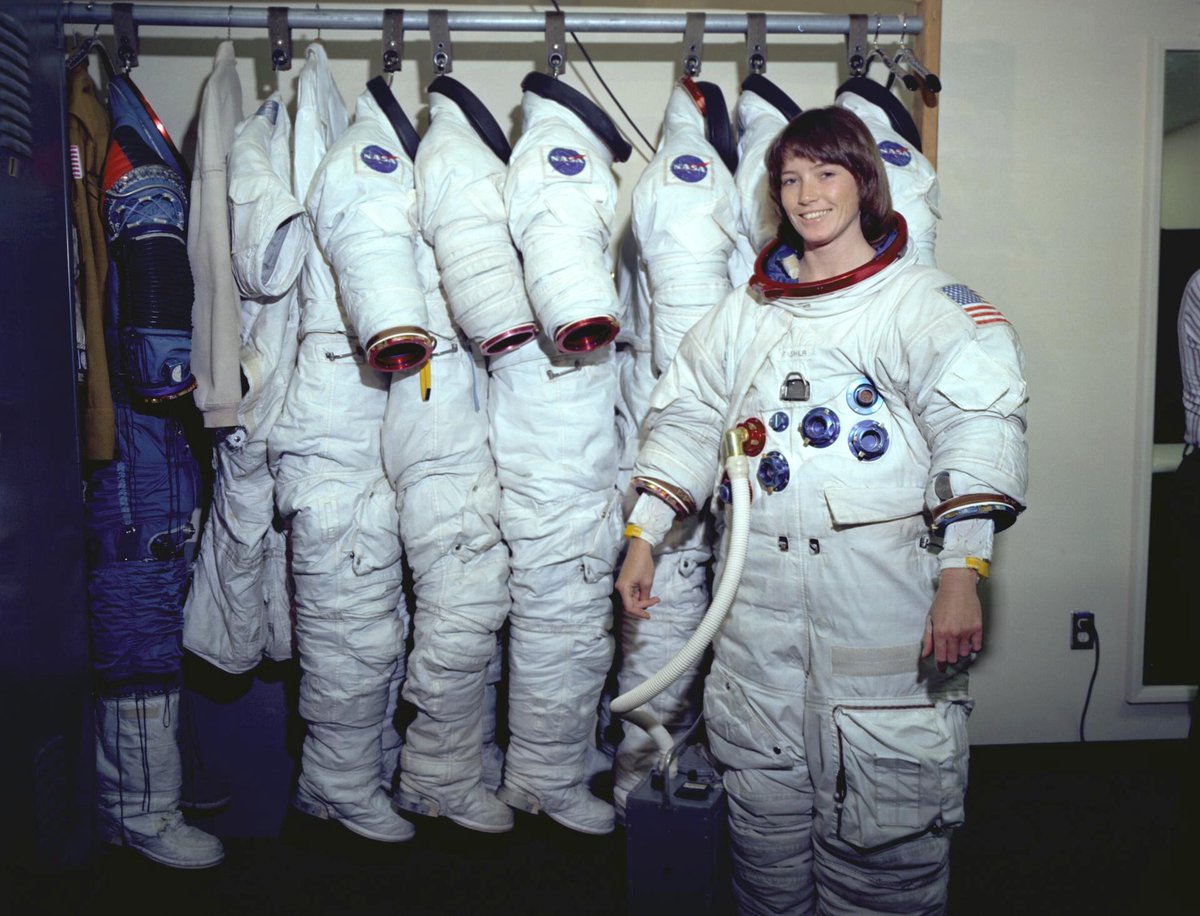
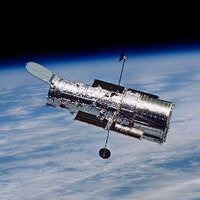
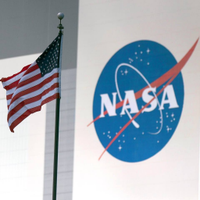


Physicist and former NASA Astronaut Dr. Edward Lu has spent 184 days in space over three space missions. In 2003, he became the first American to launch and land in a Soyuz spacecraft, spending six months aboard the International Space Station for Expedition 7. #AANHPI go.nasa.gov/3UUcXOK
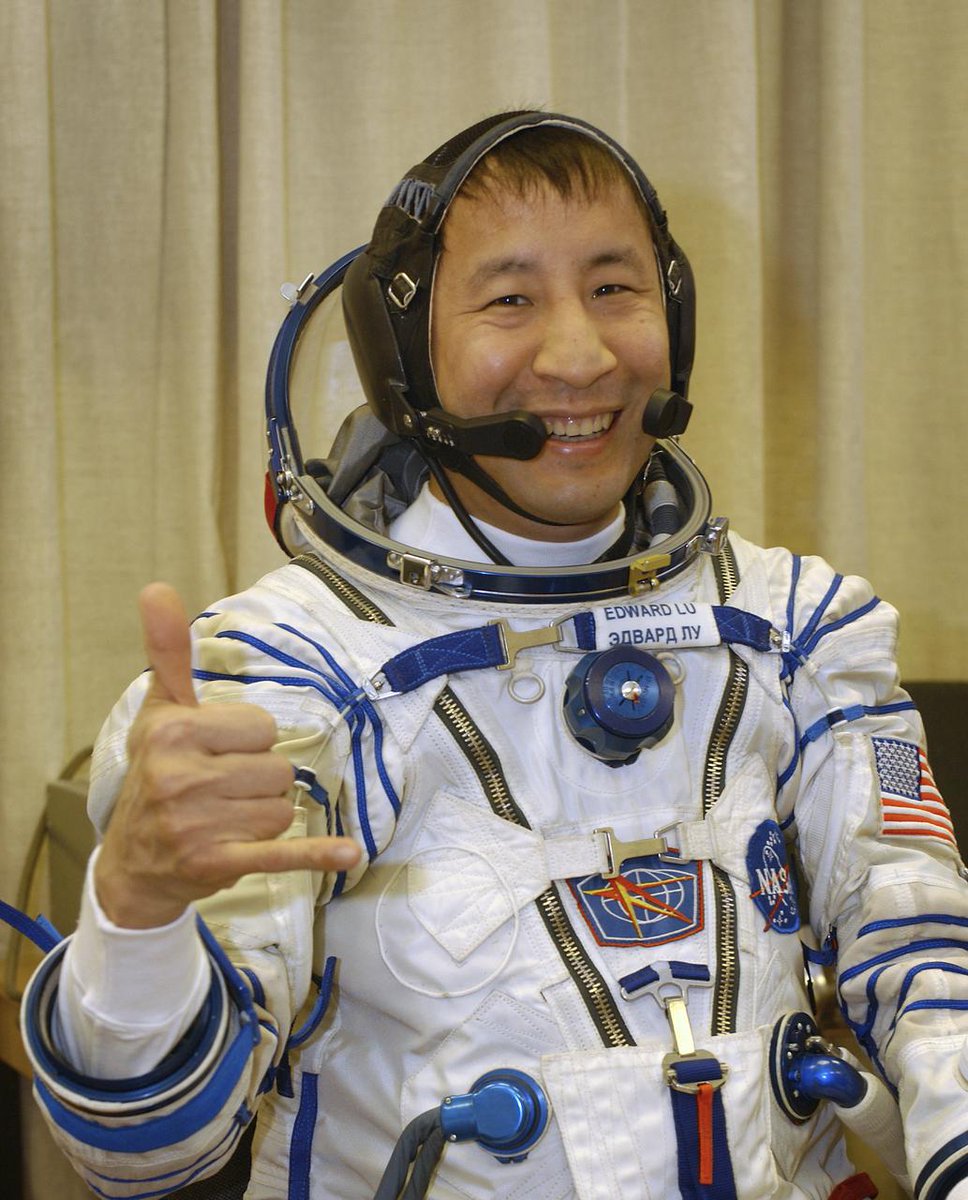

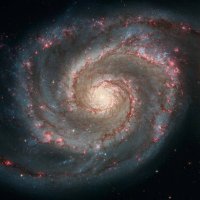

I'm feeling supersonic!
John Manke (who later became NASA Armstrong's director) made the first supersonic flight of a lifting body, the HL-10, 55 years ago today. The lessons learned from this aircraft went on to inform the design of the space shuttle. go.nasa.gov/4b3VYz6
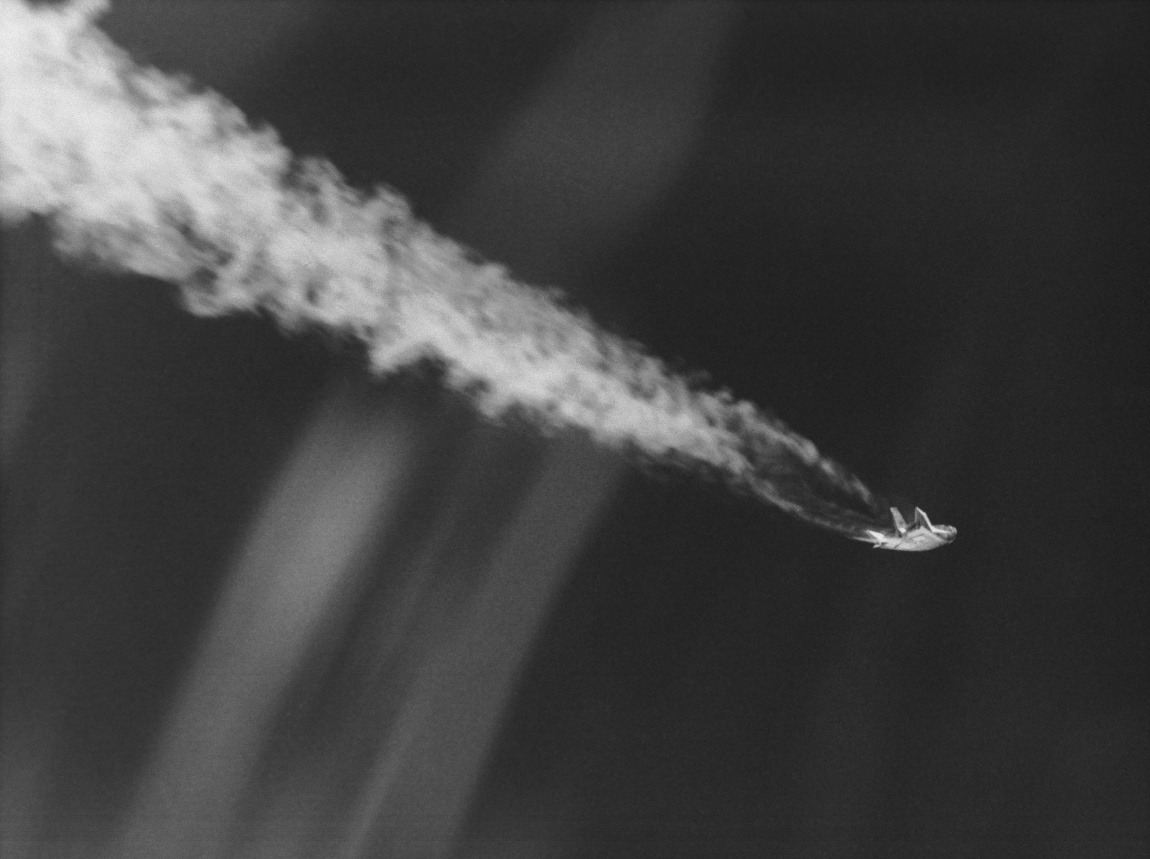





Uhuru, NASA’s first orbital mission to study X-ray sources, launched in 1970. Uhuru’s studies of Cygnus X-1 showed that the X-rays from the object varied rapidly, implying that the source is very small and most likely a black hole—the first widely accepted as such. #BlackHoleWeek
